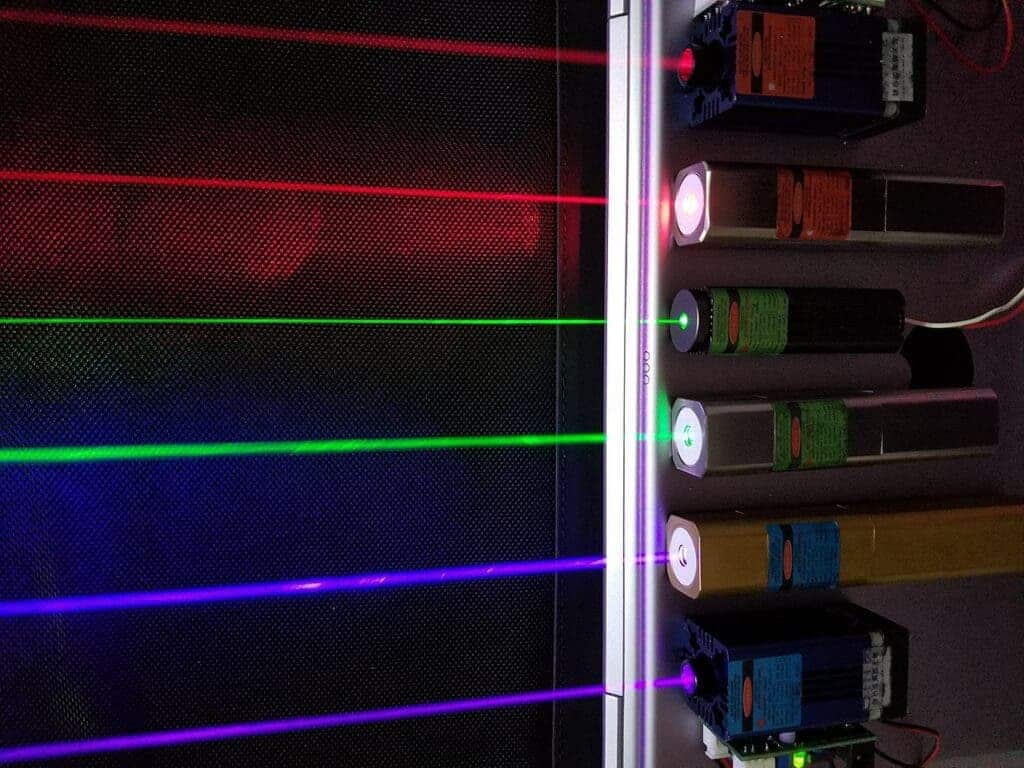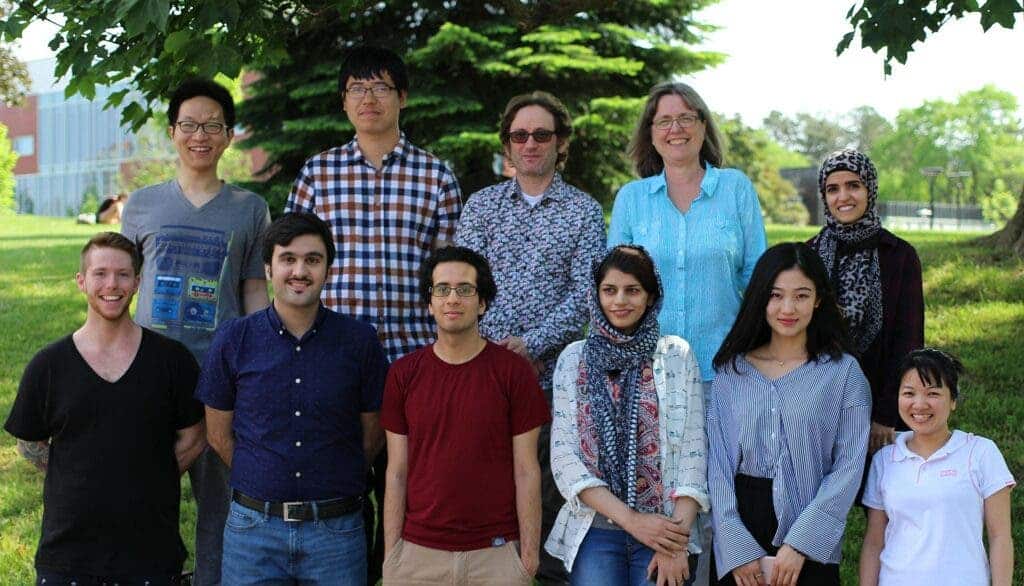Dancing photons, chirpy lasers: The Lindau Lecture at #HLF21
Andrei Mihai
Donna Strickland walked us through an intriguing history of light and lasers, culminating with the “chirped” lasers that earned her a Nobel Prize, emphasizing the importance of focusing both on theoretical and practical parts of research.

The Heidelberg Laureate Forum and the Lindau Nobel Laureate Meetings share a lot in common. They both have a similar mission: to foster fruitful interactions between laureates and young researchers. The bond is further strengthened by what has already become a tradition: every year, at the Lindau meeting, there is one Heidelberg Lecture – and in Heidelberg, there is a Lindau Lecture.
Donna Strickland made history in 2018 when she became only the third woman to receive a Nobel Prize in Physics for her work on chirped pulse amplification lasers (the previous two being Marie Curie in 1903 and Maria Goeppert Mayer in 1963). Speaking remotely, Strickland talked about the work she did during grad school, the work that ended earning her a Nobel Prize.
But it wasn’t smooth sailing for Strickland. Like many academics, she and her husband had to face what is sometimes called “the two-body problem” – the fact that both she and her husband were researchers, and they needed to find a place to carry their research in one place. It’s hard enough finding a job as an academic, but finding two in the same place can make everything much more complicated. Despite this, Strickland persevered and managed to carry groundbreaking work alongside her doctoral adviser, Gérard Mourou. Yet again, though (in what seems to be a common trend among laureates), things didn’t go as planned initially.
Mourou wanted Strickland to devise an experiment for a theoretical paper. That didn’t go exactly according to plan either, but in the process, Strickland and Mourou achieved something even better: they figured out a way to devise ultra-powerful lasers.
To build a high-power laser, you first need to build a laser – luckily, Strickland’s predecessors took care of that. The idea of a laser predates the invention of the laser itself. It was Albert Einstein who laid down the foundations for the laser in a 1917 paper, although it wasn’t until the 1950s that the first lasers were invented – showcasing the importance of working practically with well-laid theory.

A laser (“Light Amplification by Stimulated Emission of Radiation”) differs from other light sources in that it emits light that is coherent. Even intuitively, by using a simple laser pointer, you can see that it’s different from other light sources. What coherence means is that unlike other light sources (in which the photons have different frequencies and waveforms), photons in laser have the same frequency and waveform. To put it this way, in regular light sources, photons all dance to their own tune, whereas in a laser, they all dance to the same tune. The laser was also a Nobel-winning invention.
Lasers are useful for multiple reasons, because the laser beam can stay narrow over great distances, and they can emit light with a very narrow spectrum. Lasers are also used in a number of scientific experiments and by the time Strickland was doing her PhD, there was a growing demand for strong and stronger lasers.
The main problem with very strong lasers is that they can cause serious damage to their components (in addition to being expensive and cumbersome). If you tried to amplify them too much, they would become so intense that they’d just destroy the amplifier. Powerful lasers also had longer periods – so before Strickland’s work, there were powerful lasers, there were lasers that had short periods, but there wasn’t a laser that could do both.
This is where the chirped pulse amplification (CPA) lasers come into play.

In CPA, an ultrashort laser pulse is first stretched out using specialized gratings arranged in a way that makes the lower-frequency photons travel a shorter path than the high-frequency components. After this, the laser is “chirped” – the high-frequency component lags behind the low-frequency one. Then, this stretched pulse (which now has a relatively low intensity) is introduced into the amplifier, where it can be amplified by a factor of a million (or even more) and is then compressed back. The intensities that can be achieved are truly impressive, even greater than those found in the center of the sun. The lasers weren’t just ultra-powerful, but they were also ultra-fast. Currently, the world’s strongest lasers are already on the petawatt level, with pulses on the order of femtoseconds.
With this clever, elegant design, much stronger lasers can be devised, without the risk of damage. Nowadays, all but one of the world’s strongest lasers use CPA designs.
Strickland and Mourou knew right away it was a big deal, although they didn’t see the full range of potential applications at first. Aside from fundamental research, these applications range from mammographs to eye surgery for myopia, and from cancer treatments to commercial products (for instance, the cover glass used in smartphones is machined using chirped lasers).
Strickland enjoys being able to continue carrying out the research she loves, and she also enjoys some of the perks that come with a Nobel Prize. For instance, while many young researchers in Lindau were excited to meet her in 2019, she was also excited to meet the other laureates! In the end, it’s always exciting to meet your heroes, regardless of whether you’re just starting out or you’re someone else’s hero as well.

The post Dancing photons, chirpy lasers: The Lindau Lecture at #HLF21 originally appeared on the HLFF SciLogs blog.